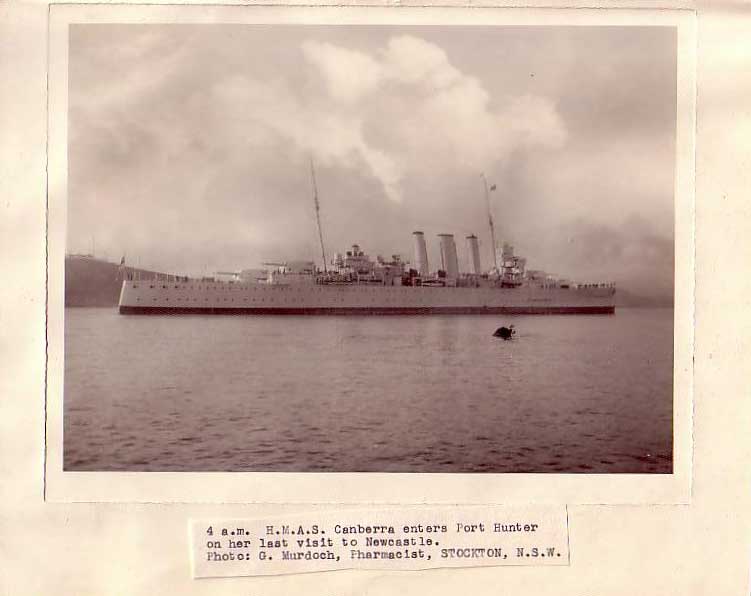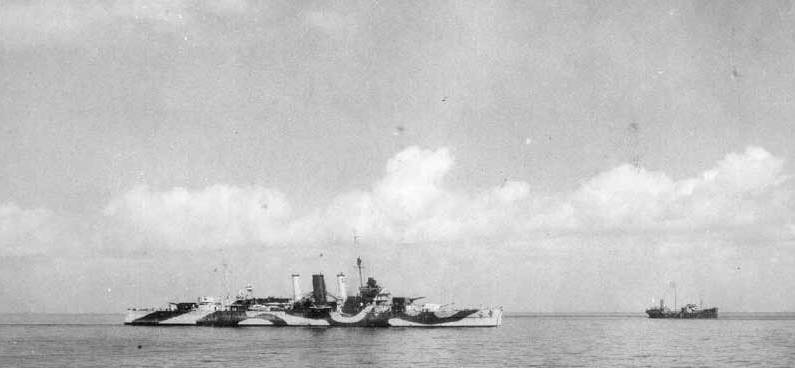|
The Wonderful County Class 8 inch Gunned Cruisers
The County Class cruisers were the first post WW1 cruiser construction for the Royal Navy. Their design was to fall within the 10,000 ton limit and 8 inch gun calibre main armament of the Washington Naval Conference of 1922. Thirteen ships in three separate classes, Kent, London and Norfolk were designed and built. Kent Class. ( 7 ships )
London Class. ( 4 ships )
Norfolk Class. ( 2 ships )
Orders for two other ships deferred from the 27-28, 28-29 programmes, Northumberland, and Surrey were never placed. Cornwall and Dorsetshire were both sunk by Japanese aircraft south of Ceylon ( now Shri Lanka ) on April 5 th. 1942, Canberra was sunk by a Japanese cruiser force at the Battle of Savo Island on August 9th. 1942. All of the other 10 cruisers survived WW2. Wonderful Ships. Their long range made them ideal for ocean escorts of convoys, they were used to search out and destroy German Armed Merchant Raiders. Their eight inch guns hurling a 256 pound shell, as opposed to a 112 pound one in the light cruisers, put them in high demand as bombardment ships pounding enemy held strongholds prior to our invading troops storming ashore.
HMAS Shropshire Served in all the RAN County Class Cruisers. Three funneled cruisers. These ships all had eight boilers, and used two to drive each shaft and propeller, they developed 80,000 horse power, all of which was harnessed to produce a maximum speed of 33 knots. Many carried a Walrus aircraft on a catapult, used for reconnaisance and spotting the main armament fall of shot. Conclusion. I was present in HMAS Shropshire in Tokyo Bay for the Japanese Surrender on Sunday September 2nd, 1945. A truly wonderful day!
|



